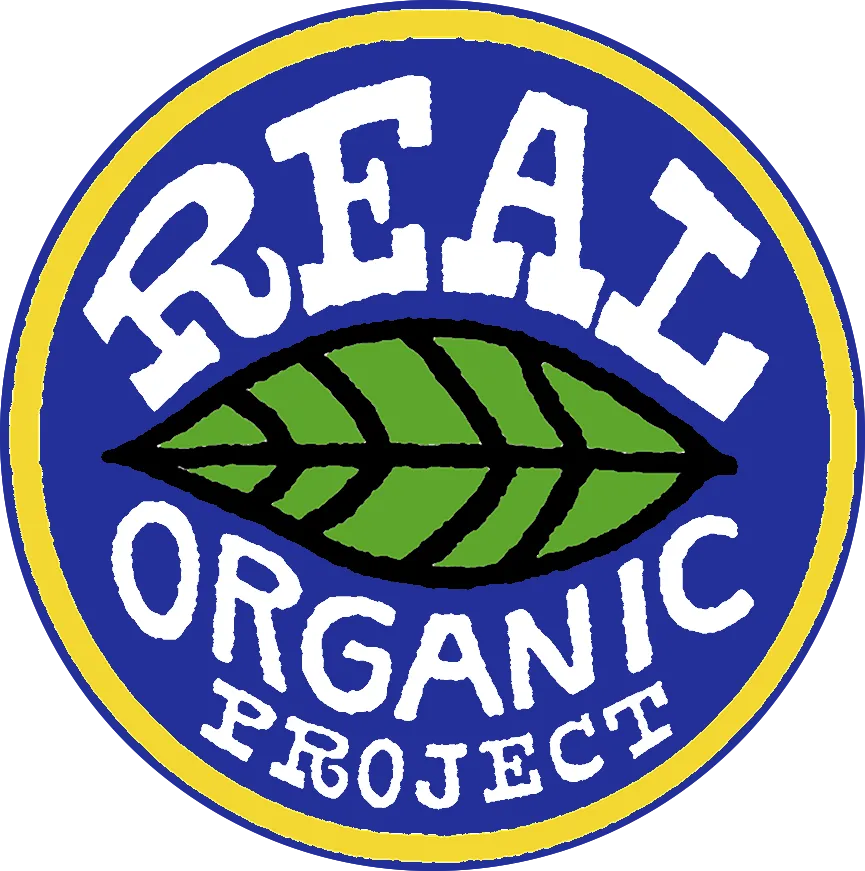The Vegetannual: Summer CSA 2011- Week 1
One of my favorite writers is a woman named Barbara Kingsolver. In highschool, I fell in love with her fiction. As an environmental studies teacher (pre-baby, pre-farm successful enough to pay bills) I fell in love with her all over again with this one simple quote: “Whatever lofty things you might accomplish today, you will do them only because you first ate something that grew out of dirt.” I mean, how’s that for being grounded? I’ve fallen in love with her a third time in reading her newest book, Animal, Vegetable, Miracle. The book chronicles her family’s attempts to eat locally (growing some of it) for 1 full year. It has recipes and funny family anecdotes. Best of all (in my farming opinion) her book introduces the concept of the vegetannual. The vegetannual is very handy in helping you, all of our CSA members, get a feel for what you might expect in your boxes as the season travels along. I’ll let her explain it:
“Among the plants known as annuals, [their] life history is accomplished all in a single growing season, commonly starting with spring and ending with frost… The vegetables we eat may be leaves, buds, fruits, or seeds, but each comes to us from some point along this same continuum, the code all annual plants must live by. No variations are allowed. They can’t set fruit, for example, before they bloom. As obvious as this may seem, it’s easy enough to forget in a supermarket culture where the plant stages constantly present themselves in random order.
To recover an intuitive sense of what will be in season throughout the year, picture a season of foods unfolding as if from one single plant. Take a minute to study this creation – an imaginary plant that bears over the course of one growing season a cornucopia of all the different vegetable products we can harvest. We’ll call it a vegetannual. Picture its life passing before your eyes like a time-lapse film: first, in the cool early spring, shoots poke up out of the ground. Small leaves appear, then bigger leaves. As the plant grows up into the sunshine and the days grow longer, flower buds will appear, followed by small green fruits. Under midsummer’s warm sun, the fruits grow larger, riper, and more colorful. As days shorten into the autumn, these mature into hard-shelled fruits with appreciable seeds inside. Finally, as the days grow cool, the vegetannual may hoard the sugars its leaves have made, pulling them down into a storage unit of some kind: a tuber, bulb, or root. So goes the year.”
She’s good.
So reflecting the idea of the vegetannual, pretty much everything in your box this week is the leafy part of an annual plant. Exceptions include the salad turnip and radish, which are fast growing roots; broccoli – a more developed leafy structure that would flower if we left it on the plant longer; and garlic scapes, which is the flower stalk sent up by a garlic plant. Some of these leafy greens are meant to be eaten raw, like your salad mix and head lettuce. Spinach, arugula, and bok choi can be eaten either raw or cooked. Kale is best cooked. You’ll be surprised how much volume greens lose when cooked. I love spinach with eggs, in quesadillas, or lasagna. Arugula has a nutty, peppery flavor. It spices up a salad, but is also great with pasta. Bok choi is great for stir-fry and is also super yummy in this week’s recipe. A vendor at our farmer’s market produces shitake mushrooms, which are so awesome with bok choi that even Joy of Cooking has a stir-fry recipe for it. Kale is one of my favorites. I love it best braised (i.e. stir-fry/steamed in its own water) with sesame oil and a splash of lemon juice. Garlic scapes are great with any dish. Mince up one stalk and use it as you would one clove of garlic.
If you need inspiration, there are lots and lots of recipes on our website, like: Goat Cheese Arugula Pizza and Tofu & Kale with Peanut Sauce. With each newsletter, I add new recipes, but there are many archived recipes that use the items in your box this week. Click here to start searching.
Happy cooking & eating! Mike, Cassie, & Zea
- Arugula -small, leafy bunch, oblong leaves
- Bok Choi
- Broccoli
- Garlic Scapes – green, cylindrical, bunched
- Head Lettuce (Red Butterhead)
- Kale (Red Russian) – large leafy bunch, purple stems
- Radish
- Salad Mix
- Salad Turnips
- Spinach
This Week’s Recipes:
- Linguine with Arugula, Pine Nuts and Parmesan Cheese
- Bok Choi Ramen Noodle Salad
- Cassie’s Farm Hamburger Helper
Summer Week 1: June 8th, 2011 – Everyother Group A








